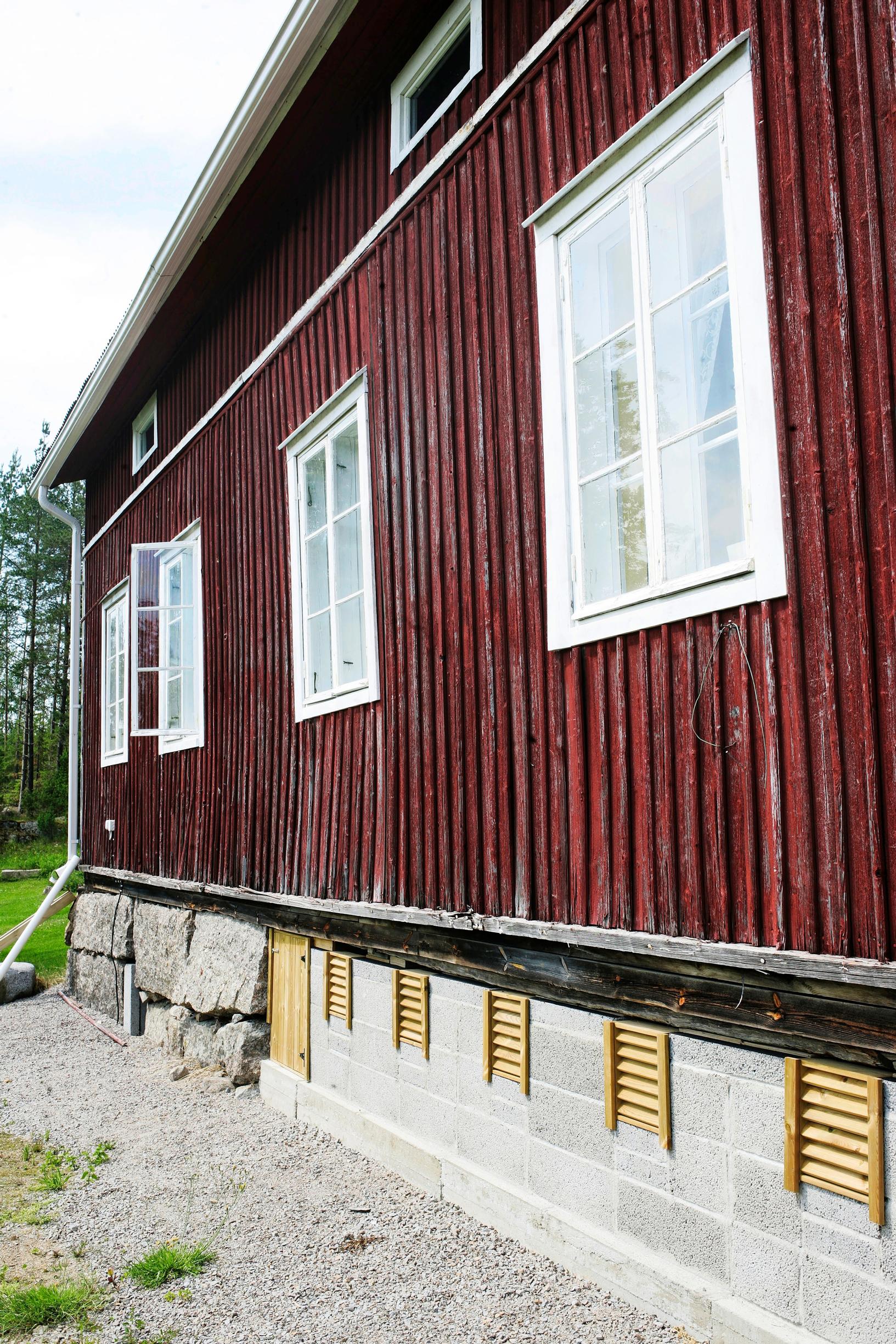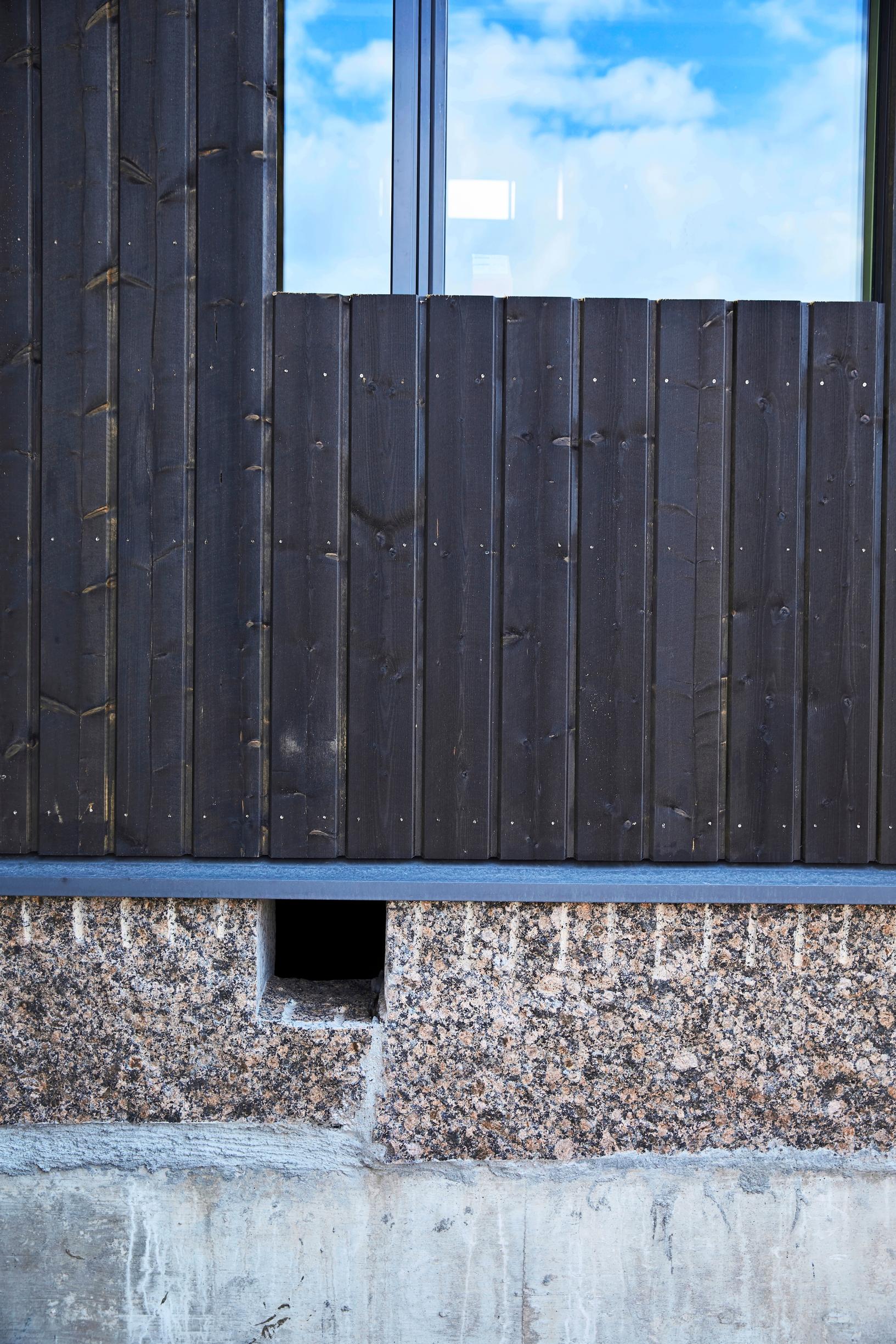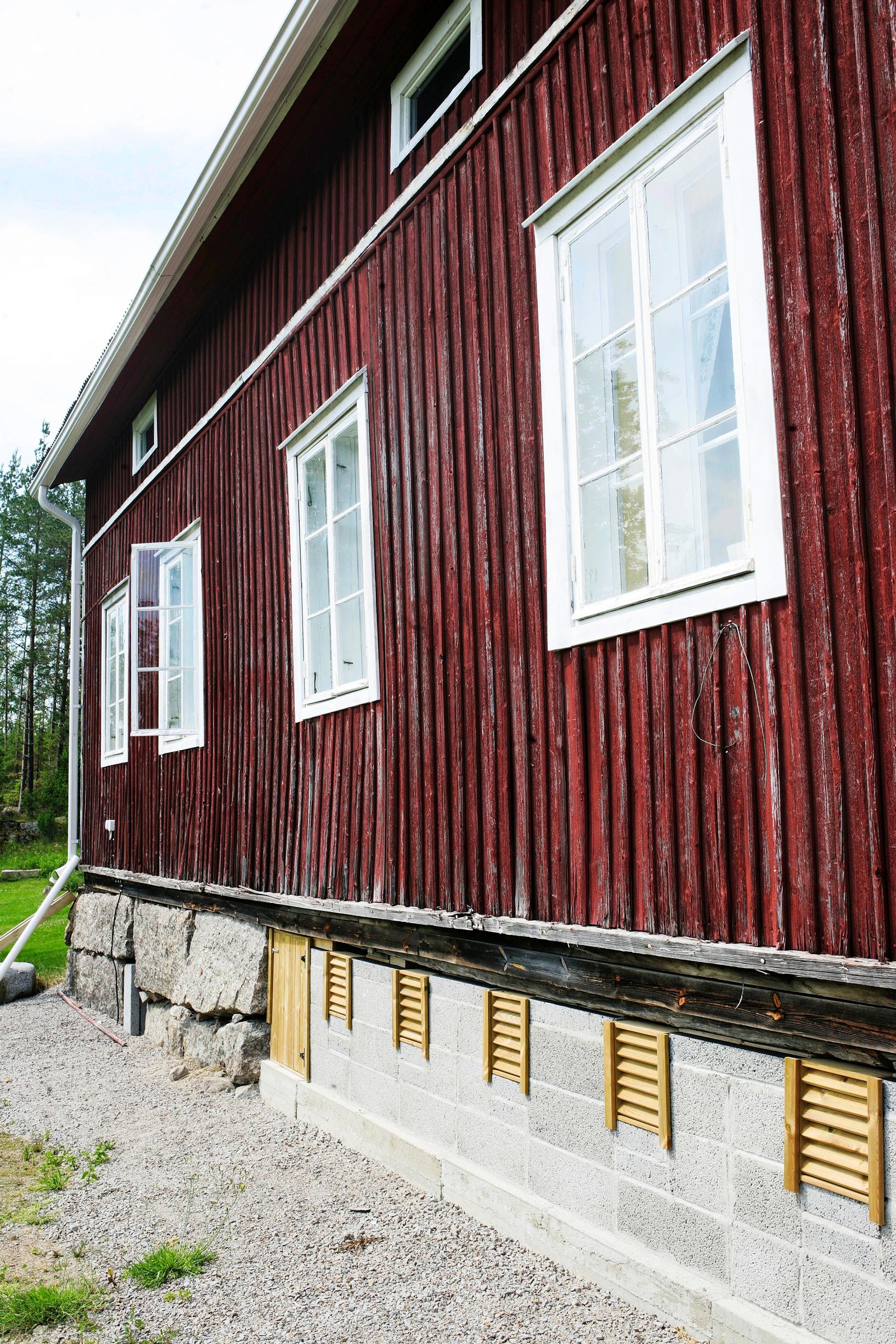
Two key factors affect the upkeep of a ventilated crawl space—an expert’s guide to investigating the area
A ventilated crawl space works well on many kinds of lots, as long as it’s built and maintained correctly. To prevent problems, the space under the floor must be well-ventilated, and the ground must stay dry.
To the untrained ear, it might sound pretty good. If a building has a ventilated crawl space, there’s an open area beneath its wooden subfloor. This air space is ventilated through openings in the foundation walls and if the house stands on concrete pillars, ventilation is even more effective. A great design, right?
Still, keeping a ventilated crawl space fresh requires some upkeep. Two things must remain in good shape: the space under the floor must be properly ventilated, and the ground must stay dry. If either of these is lacking, problems will emerge.
If you’re thinking about buying a house with a ventilated crawl space, do what a homeowner should do routinely anyway: inspect the crawl space under the building. For a cottage, it’s wise to look in a couple of times a year, first in spring as the season starts and again in autumn.

Some warning signs are easy to spot. If your knees get wet while crawling around, something is clearly wrong and in need of attention.
Preventing moisture depends on the soil type under the house and how well dampness is kept from rising into the structure. If the building sits in a hollow on clay soil, conditions will be different compared to a dry gravel ridge. However, water from melting snow can flow under the building and form puddles in spring, even on a rocky lot.
Moisture issues can also be caused by problems unrelated to the crawl space. Water from a leaking gutter might flow into the wrong spot, tree roots may have clogged the drains, or a blocked rainwater system could cause puddles around the foundation. That’s why it’s vital to keep up with general maintenance on the house and its systems.
The crawl space beneath the house should never be used for storing old junk.
It’s also worth checking the crawl space ventilation from the outside. Each side of the building should have at least one vent—longer walls may need more—and these vents should let air pass all the way through. They must remain open and be protected by a screen or metal mesh. In older buildings, there might be shutters but it’s no longer recommended to close them, even in winter. Don’t block the vents with a woodpile or flowerbed that restricts airflow.
To make it easier to check under the house, don’t make the access hatch hard to open. If you have to remove eighteen different screws just to get in, you’re more likely to skip it. It’s also not advised to leave the hatch open for ventilation, because a single opening won’t provide enough airflow and may let hedgehogs or other animals in.
Some buildings offer allow access to the subfloor from the inside. If an older ventilated crawl space doesn’t have one, you can add a hatch later.

What if there’s moisture under the floor and you have no idea how long it’s been there or how well the place has been maintained? Often, your best move is to call a professional to evaluate any needed repairs or ventilation improvements.
If there’s a fireplace foundation in the middle of the building or if the house is shaped like an L, you can boost airflow under the building by installing a vertical duct to the roof or by adding more vents. Prolonged dampness may require repairing rot damage, while simply improving the ground’s capillary break is sometimes enough. Tackling moisture issues can also mean updating drains or redirecting rainwater. The main goal is to eliminate the root of the problem.
Normally, damage takes years to appear, but there have been cases where a wooden subfloor turned moldy in just one summer because of ground moisture and poor ventilation. When properly built and maintained, though, a wooden ventilated subfloor works well and suits many kinds of lots. It’s often less expensive to build than a slab-on-ground foundation.
If your knees and gloves get wet while crawling beneath the house, something is amiss.
What should you inspect beneath the house?
- When you go under the building, it’s a good idea to wear a respirator and take a spike or knife to tap and see if the structures are sound or starting to rot.
- If you spot black mold, discoloration, or pale mold on wooden boards or the wind barrier ventilation is likely inadequate.
- You should also be cautious if there’s a strong odor under the building. In that case, it’s best to hire a professional who can protect themselves properly. There’s always some microbial odor near the ground, but moisture damage and mold amplify it and pose health risks.
- Make sure there are no large gaps leading upward into the subfloor. Such openings can allow odors into the interior and let heat escape.
- Never use your crawl space for storage, as clutter reduces airflow and encourages microbial growth. This leads to odors and impurities that can travel into the house.
Experts: Chief Specialist Antti Heimlander, Raksystems, and Research Manager Esko Sistonen, Granlund


